A Club rooted in local tradition…
1850
Wildfowling on the coast and marshes of East Anglia has a history going back hundreds of years. Originally, wildfowl were looked upon by local people as a valuable source of food which was hunted for the table or for sale commercially. During the course of the 19th century, however, wildfowling became recognised as a sport and many of the old gunners were able to supplement their incomes by acting as guides to the better-off gentleman wildfowlers who visited the east coast. Wildfowling, however, remained principally a sport of the local community.
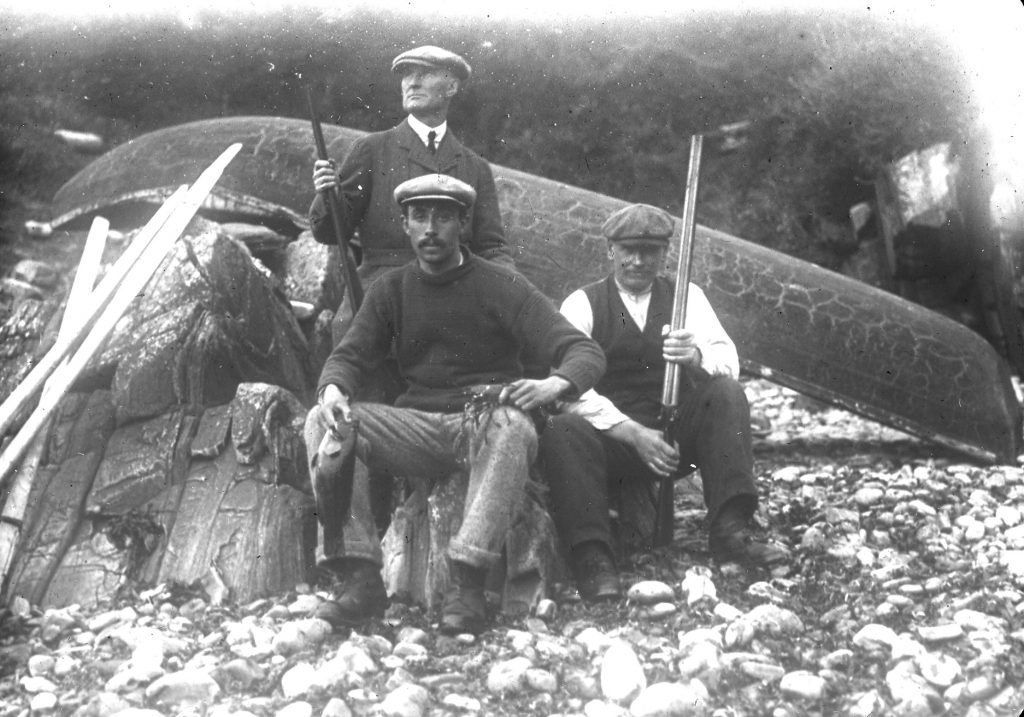
1908

Recognising that their sport was under threat from loss of wildfowl habitat, pollution and the closure of marshes to local people, a far-sighted group of wildfowlers under the leadership of Stanley Duncan, a railway engineer from Hull, formed the Wildfowlers Association of Great Britain and Ireland (WAGBI). The association grew slowly at first, but soon started promoting the formation of wildfowling clubs around the UK.
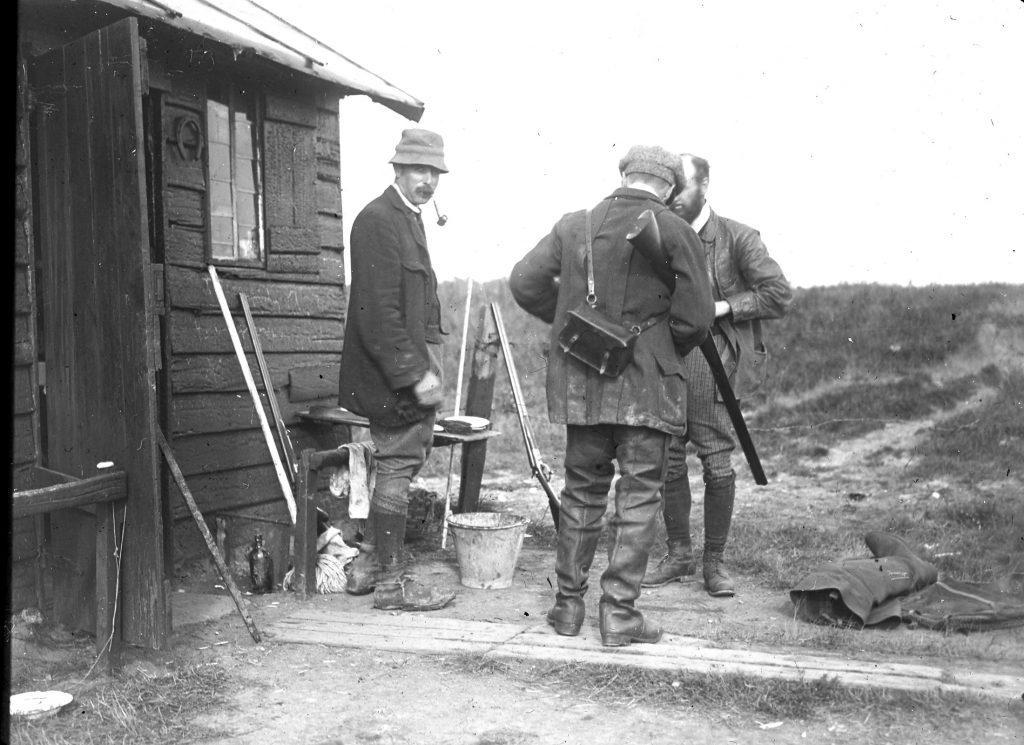
1956

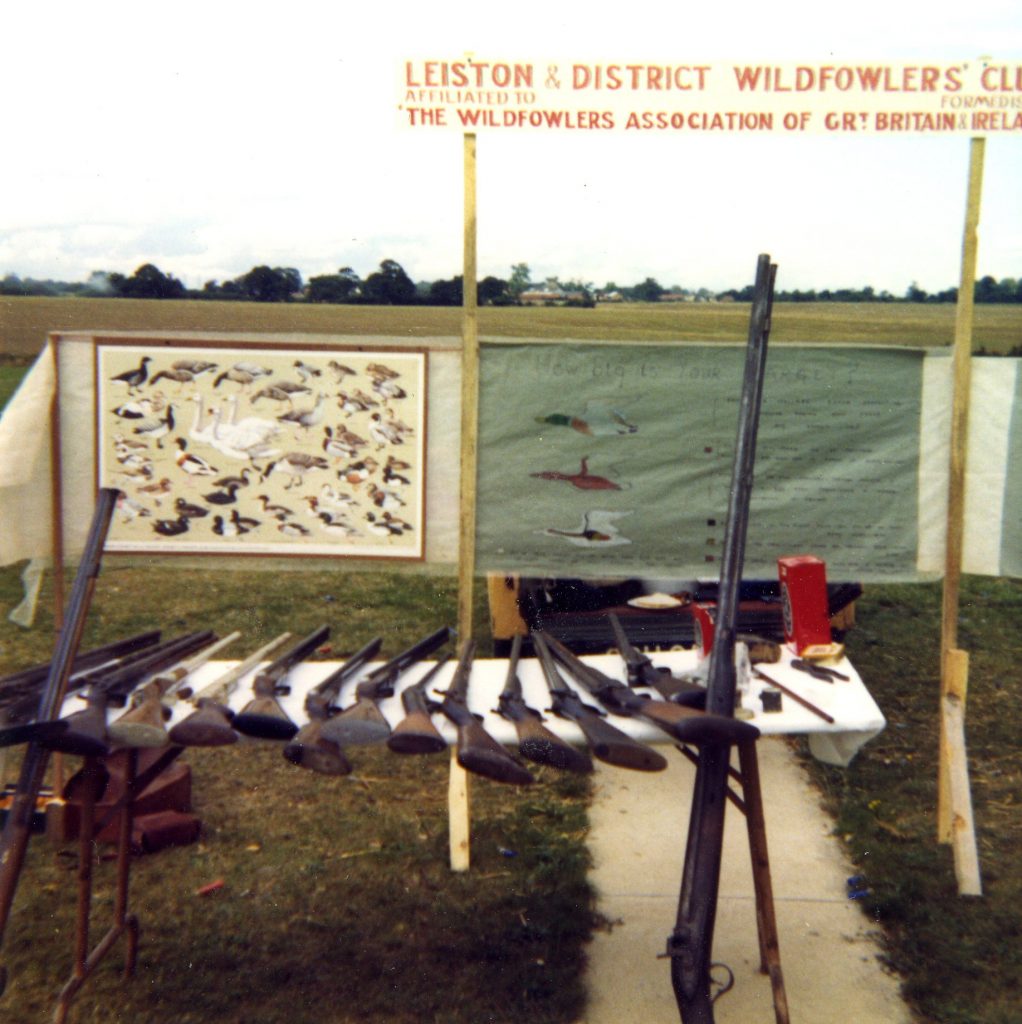
Leiston Schoolmaster Bill Newberry decided that if something was not done to bring together the local wildfowlers, then the free shooting that they had enjoyed for generations would disappear.
Together with Frank Etchells he formed the Leiston and District Wildfowlers Association, renting the shooting over marshes owned by the Rope family at Eastbridge, close to what is now the RSPB Minsmere reserve, for the princely sum of £1 a year. Adjacent to this was ‘The Front’, running from what is now Sizewell B to Minsmere sluice. With permission from the Ogilvie family, this also became a club shooting area.
Meanwhile the Aldeburgh wildfowlers enjoyed shooting on Aldeburgh Town Marsh under the terms of an ancient Charter, and beyond that was the tidal Alde and Ore estuary where below the river wall the shooting rights were regarded as free-for-all. But things were soon to change.
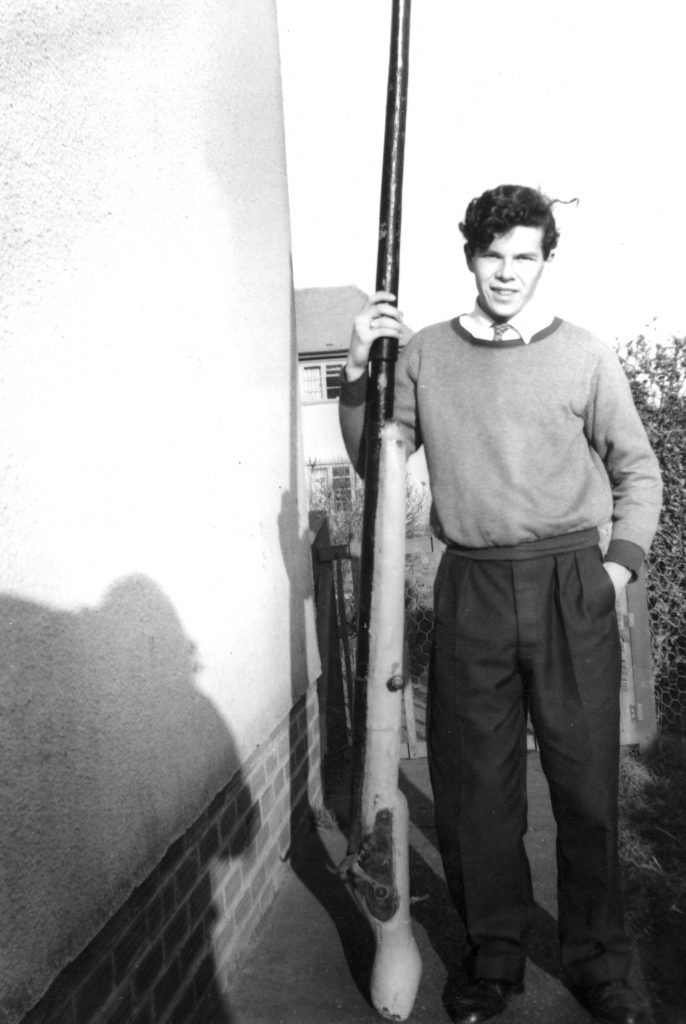
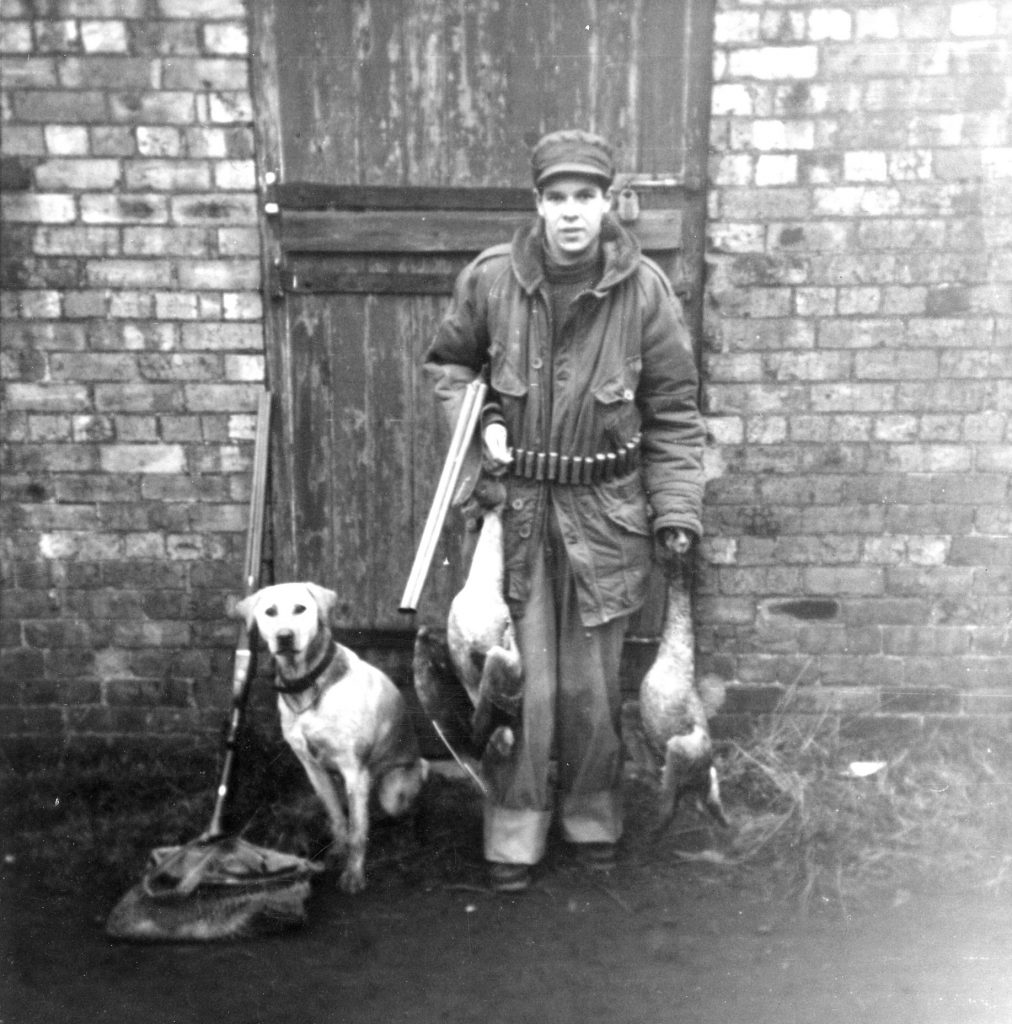
1963
New legislation made it an offence to be in possession of a shotgun in a public place, threatening the long-established right of free wildfowling below the river wall. To overcome this, WAGBI negotiated an agreement with the Crown Estate whereby all WAGBI members were authorised to shoot over the Crown foreshore.

1975
The Leiston fowlers lost their shooting at Eastbridge and, with their fowling grounds now restricted, they found themselves increasingly in competition with the Aldeburgh men for the tidal shooting on the river. At the same time, there was an increase both in poaching and freelance shooting by US servicemen from Bentwaters, and together these factors threatened to upset the delicate balance of interests over Aldeburgh Town Marshes.
1981
Aldeburgh Town Council decided that wildfowling on the Town Marshes had to be better regulated, and so the Aldeburgh Wildfowling Club was formed, with the new club agreeing a lease with the Town Council to properly control the shooting in the area and to prevent poaching.
Meanwhile WAGBI embraced all shooting sports, changing its name to the British Association for Shooting and Conservation (BASC).
1986
The Leiston and Aldeburgh clubs had found themselves in constant competition for local shooting leases, so to avoid this the two clubs agreed to amalgamate, forming the Leiston, Aldeburgh and District Wildfowlers Association (LADWA).
1997
After 25 years of largely unregulated foreshore shooting, the Crown Estate decided to end its general agreement with BASC and replace it with a series of local leases. Wildfowling on the foreshore would now be properly regulated, with annual rents, management agreements and bag returns. AOWA secured a Crown lease over 11 miles of the Alde and Ore estuary foreshore from Orford to Snape, later securing a further Crown lease over Barthorpes Creek at Hollesley.
In its agreement with the Crown Estate, the club set aside part of the foreshore as a no-shooting reserve area.
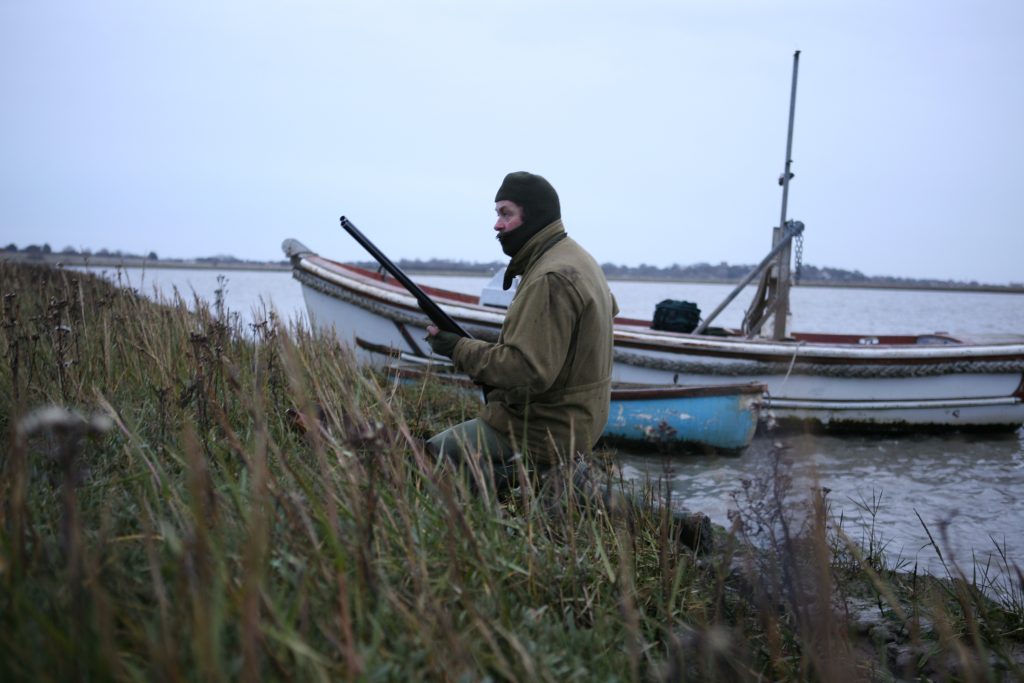
1999
With no further shooting rights available in the immediate area of Aldeburgh, AOWA purchased a parcel of grazing marshes in the Waveney valley at Geldeston. Now a landowner in its own right, the club was able to enter into an Environmentally Sensitive Area agreement under a Government scheme designed to safeguard and enhance the area’s high landscape and wildlife value.
2006
In the face of stiff competition, AOWA added to its land portfolio by purchasing 43 acres at Oxley Marshes from the Crown’s Hollesley Bay Estate. In due course, it sold on part of the landholding, retaining the sporting rights for the benefit of club members.
2009
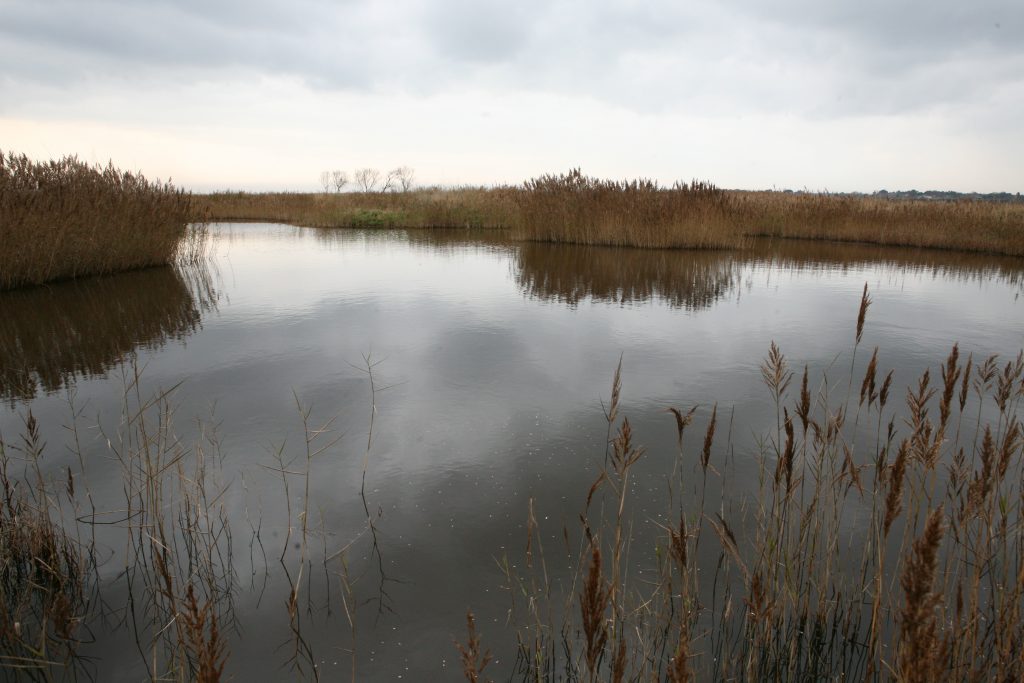
The club had had a 40 year association with Aldeburgh Town Ponds, but the ponds had become silted up and choked with reeds. With conservation advice from BASC, a £9,500 grant from the Wildlife Habitat Trust and a £500 grant from the Britten Pears Foundation, the club set about a major programme of cleaning out the ponds, restoring open water and creating new scrapes for wildfowl and waders. The Town Ponds project won national recognition with a Special Award from the prestigious Purdey Awards for Game and Conservation.

2013
Looking north along the Suffolk coast, the club entered into discussions with the Benacre estate and secured shooting rights over a large block of freshwater grazing marshes at Kessingland, north of the Hundred River. Meanwhile it also leased a further area of salt marshes on the south side of the River Alde.
2021
Since 1908, wildfowlers have realised that the future of their sport goes hand-in-hand with the conservation of wildfowl and the habitats which support them. The Alde and Ore Wildfowlers Association has put this principle into practice, both on land that it owns and on important sites which it manages, such as Aldeburgh Town Ponds.
Conservation has always been central to the club’s thinking and in recognition of this, its name was changed once again – to the Alde and Ore Wildfowling and Conservation Association.